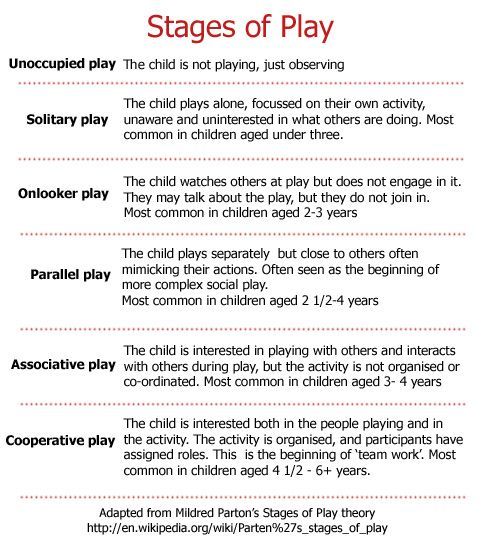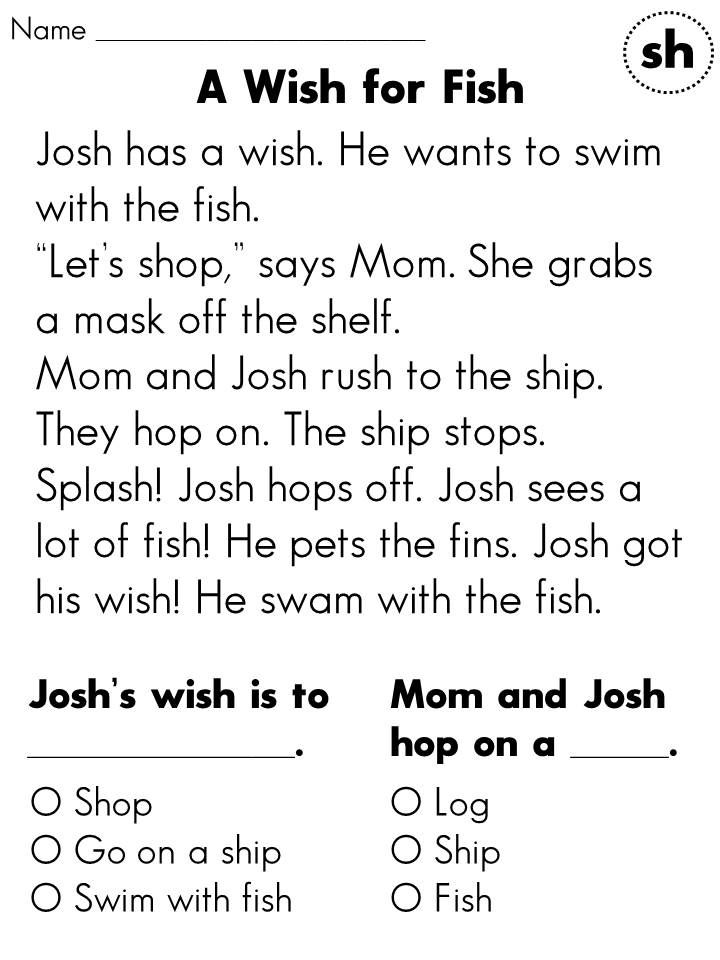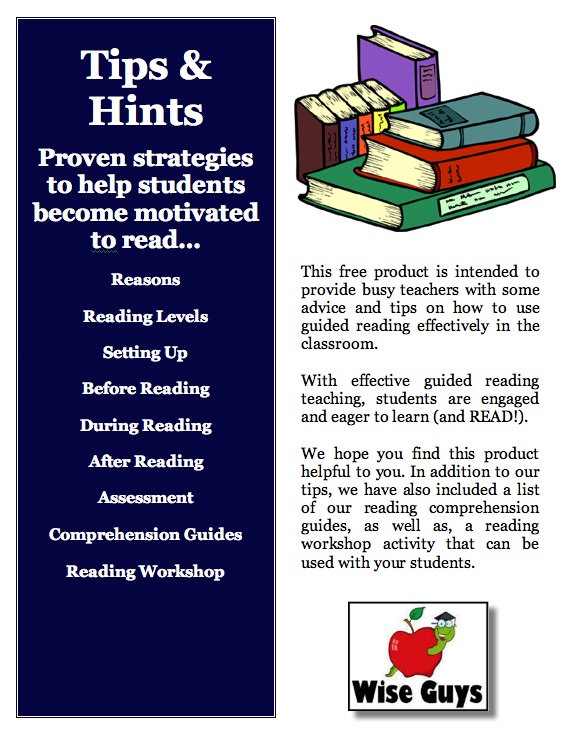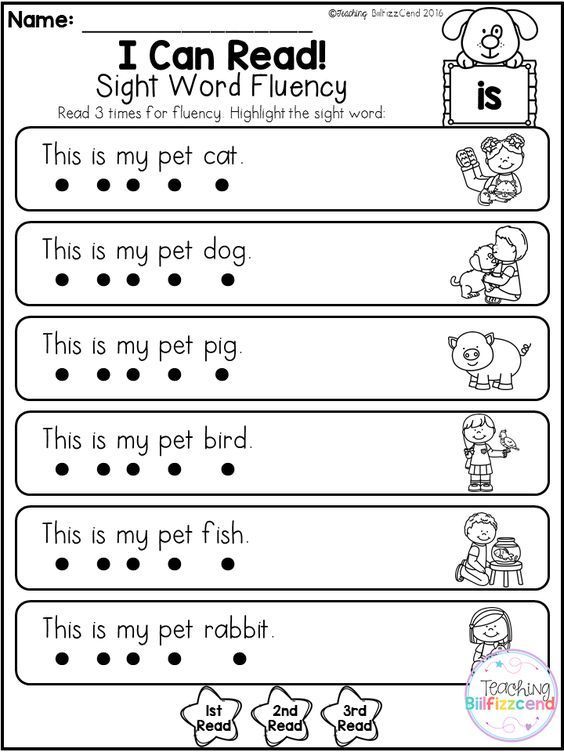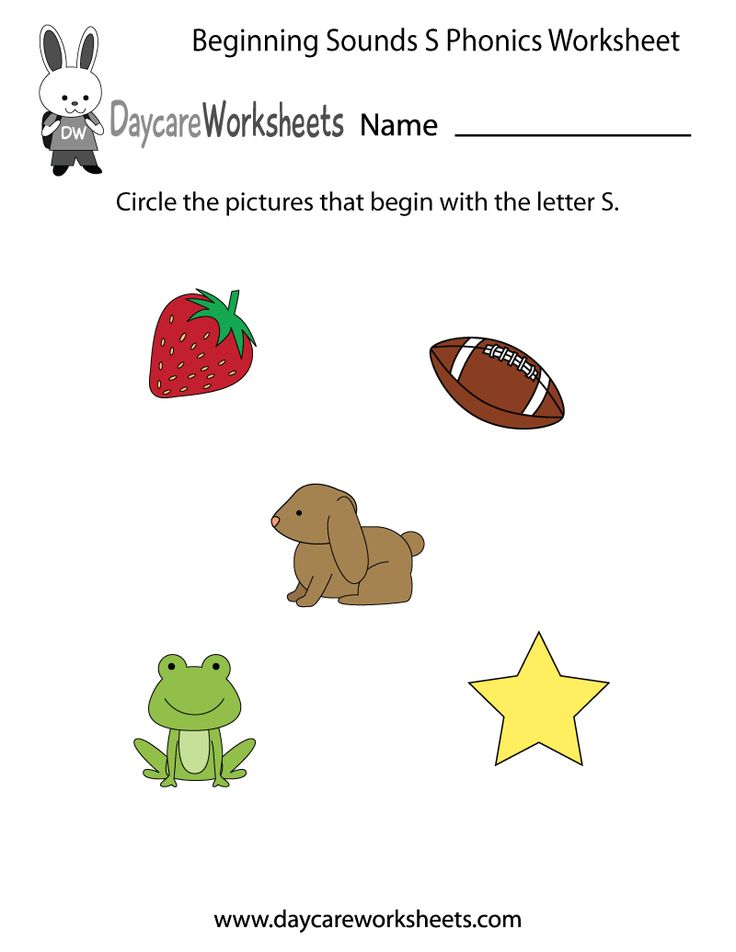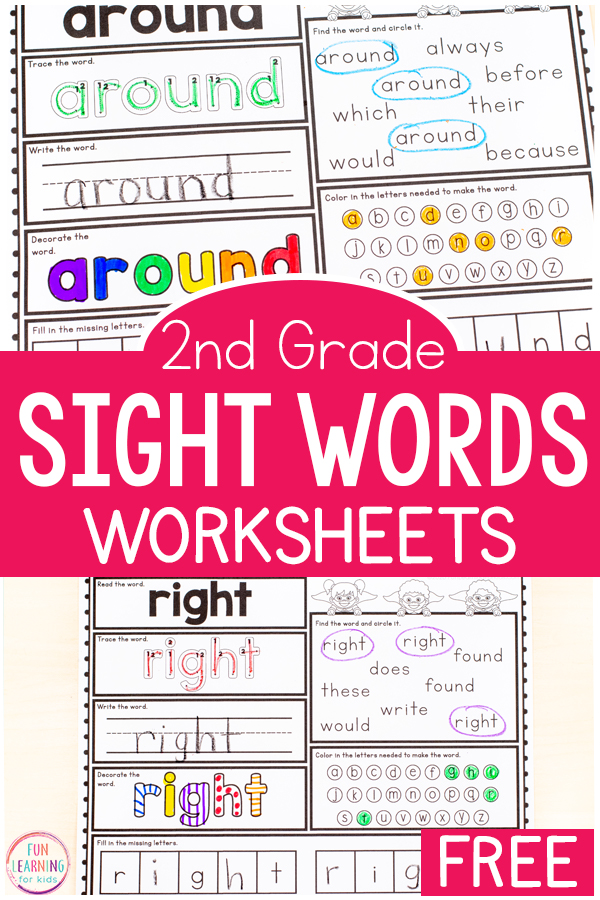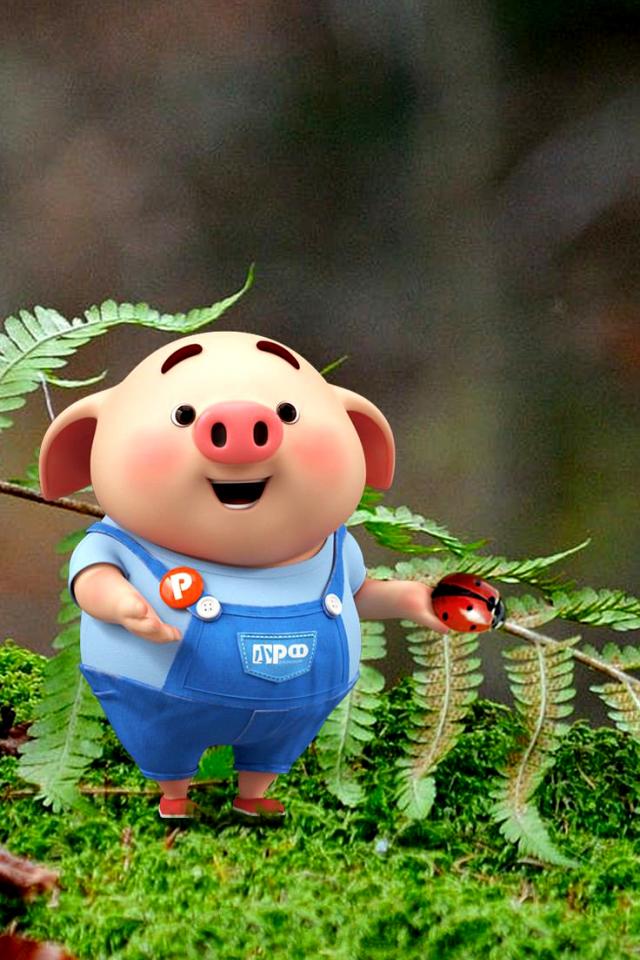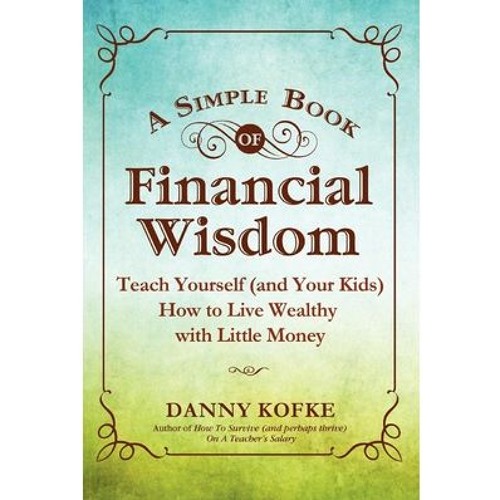What is unoccupied play
What It Is & Why It’s Important to Your Newborn
The newborn stage is exhausting but rewarding. Watching your baby grow and discover their legs, arms, fingers, and toes is captivating. While the movements that babies engage in during their first weeks and months, like stretching their hands and legs, may seem random, they play an important role in their development.
In this blog post, we’ll explore the unoccupied play stage, how it helps a child’s development, and how parents can best support their child during this phase.
What is unoccupied play?
Unoccupied play is the first stage of researcher Mildred Parten’s six stages of play. It mainly involves feet, leg, arm, and hand movements as the baby discovers their body parts and what they can do with them.
Source
At what age does unoccupied play begin?
Unoccupied play starts as a newborn (0-3 months). This stage lays a foundation for how children will explore the world.
During this stage, newborns explore by observing those around them and their surroundings. Their body movements during unoccupied play are usually erratic, uncoordinated, and involuntary, but this is their way of learning about their world at this age.
Why is unoccupied play important to a child’s development?
Here are some benefits of unoccupied play for children:
- Sensory experiences. These exploratory movements allow infants to experience different textures, sensations, and materials. As they get older, they may start to play with objects and gain an understanding of space. This allows them to discover things by themselves without any expectations or rules.
- Prepares them for solitary play. Newborns' exploratory movements in this first stage prepare them for the next stage of solitary play where they spend time playing alone and discovering the world by themselves.
- Motor skills development. Although newborns appear stationary, their small movements during unoccupied play help improve their motor skills.

- Allows them to understand their body . Unoccupied play allows newborns to identify their legs, hands, arms, and feet. It encourages children to learn how to reach out for toys even if they use their feet at first.
Examples of unoccupied play
Having defined examples for unoccupied play can be very challenging because most movements at this stage are random and involuntary. Here are a few examples:
- A newborn splashing their hands in bath water and watching their body movements.
- A newborn waving their hands in the direction of a toy and laughing without further engaging with it.
- A newborn kicking their legs and flapping their hands when lying down.
How to encourage your child during unoccupied play
While unoccupied play comes naturally for children, there are things you can do to support your baby’s development at this stage. During unoccupied play, all activities are geared towards improving a baby’s motor skill development so they can transition to the next stage.
Here are some activities that will help your child during this stage.
Tummy time
This is one of the most significant newborn activities. It helps in strengthening a child’s shoulder and neck muscles and promotes their motor skills.
All you need to do for tummy time is to place your baby on their stomach for three to five minutes a day. Continue tummy time sessions as your child advances and challenge them by placing some toys in front of them.
Freedom of movement
The most significant part of unoccupied play is moving body parts. You can support your newborn by letting them kick their legs after bath time or a diaper change.
Talk to your baby
This is the easiest way to support your child at this stage. Talk to them every chance you get—feeding them, dressing them, or during walks. You can also sing lullabies to them.
Learn about activity ideas that promote learning across developmental domains with our free list!
Best toys for unoccupied play
Source
Here are some toys you can buy your child to support them during their unoccupied play.
- Baby mirror. Baby mirrors are made with highly contrasting colors to get your baby’s attention, and some have infant friendly designs. Mirror time helps newborns improve their visual tracking, gross motor skills, and self-awareness.
- High contrast cards. Flash cards come in different shapes to stimulate your child in different ways. Colored dotted lines help your infant adjust to seeing colors, black and white patterns improve visual distance, and abstract pieces with different colors enhance brain-eye coordination.

- Foot and wrist rattles. These wearable colorful toys encourage children to touch, grab, and look at them, which improves foot and eye coordination.
- Textured toys. These are the best toys for unoccupied play as they allow newborns to shake, grasp, and feel different textures. It can be rattles, balls, or books.
Final thoughts on unoccupied play
Unoccupied play is the first stage of Parten’s six types of play. Most of what happens during this stage is involuntary and natural to babies. However, it’s their first introduction to play, and it prepares them for solitary play.
Although children can get through this stage independently, supporting their unoccupied play can help them develop faster.
Brightwheel is the complete solution for early education providers, enabling you to streamline your center’s operations and build a stand-out reputation. Brightwheel connects the most critical aspects of running your center—including sign in and out, parent communications, tuition billing, and licensing and compliance—in one easy-to-use tool, along with providing best-in-class customer support and coaching.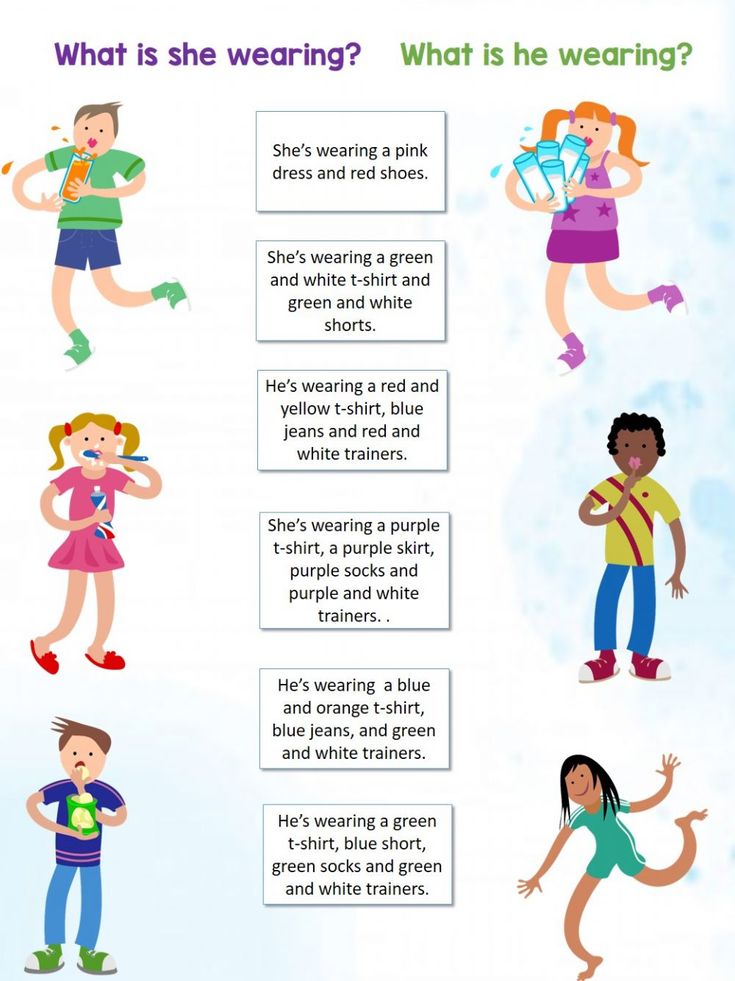 Brightwheel is trusted by thousands of early education centers and millions of parents. Learn more at mybrightwheel.com.
Brightwheel is trusted by thousands of early education centers and millions of parents. Learn more at mybrightwheel.com.
All You Need to Know About the First Stage of Play — The Montessori-Minded Mom
In this article, you will learn all about the developmental stage of play called Unoccupied Play. You will learn what it is, at what age it occurs, and you will get some ideas on how to support this type of play in your young baby.
We focus so much on academic goals for young children, but we forget how much brain development occurs during PLAY. Specifically, in the first 5 years there is an explosion of growth in the brain.
What’s the best way to support this growth? Allowing PLAY. Specifically, FREE PLAY.
Free play is child-led and unstructured play. They are allowed the freedom to choose what and how to play and it is not extrinsically motivated.
Research has continually shown that free play is essential in early childhood development.
(This post contains affiliate links. Purchasing from these links costs you nothing extra, but helps with our website upkeep.)
What Is Unoccupied Play?
Unoccupied Play is the very first of sociologist, Mildred Parten Brown’s, 6 Stages of Play. The other 5 different types of play are:
- Independent play/solitary play
- Onlooker play
- Parallel play
- Associative play
- Cooperative play
You can read about the various stages of play here.
This first stage of play occurs the first few months, usually between 0-3 months – the early months of infancy. We may not think of newborns as “playing,” but they absolutely are!
During these first few months, they are mostly observing and exploring. Their movements start off as involuntary, uncoordinated and erratic.
Through this natural instinct to observe and explore, they are absorbing and learning about the world around them.
During unoccupied play:
- Gross and fine motor skills develop.

- They learn about the world around them. (cognitive skills)
- They build self-confidence.
- Problem-solving skills develop.
- Emotional skills develop.
What is an Example of Unoccupied Play?
Here are some examples of unoccupied play for reference, as it can be difficult to spot, as there often appears to be no clear purpose to the young baby's seemingly random movements.:
- A baby's arms wave in the general direction of a dangling toy as they smile, however, they don't engage further with the toy.
- A baby flaps their arms and kick their legs as they lay on a blanket on the floor.
- A baby watches as their hands splash in bath water and their attention quickly turns to something else.
How To Encourage and Support Unoccupied Play
While babies are born with the natural instinct to play, there are things you can do to support your baby’s learning during this stage.
This stage is all about encouraging natural brain and motor skill development so they can move on to the next stage.
As such, it’s vital to expose your newborn to new sounds, textures and experiences.
Here are 14 tips and toys to encourage your baby's development during the Unoccupied Play stage:
Activities to Support Unoccupied Play
Variety of Sounds
Things like rattles, jingle bells in a metal tray, or music playing can help stimulate cognitive development.
Tummy Time
Short spurts or laying your baby on your chest counts! Tummy time will help build their strength to become mobile and enter the next stage of play.
Here are some tips if your baby doesn't love tummy time.
Outside Time
Outdoor play is incredibly important for children, but we sometimes think it’s not as important for immobile newborns. But outside is an exciting experience!
Think about it; everything is new to this little being who has just come into the world. There are different smells, sounds and sights outside that they can’t experience inside.
Freedom of Movement
It’s important for gross motor development to allow floor play and to limit the use of “baby containers. ” A Topponcino can be helpful during this time.
” A Topponcino can be helpful during this time.
Once they start getting mobile, you can create a “Yes Space” to continue to allow this freedom.
Hold Your Baby
Studies show being a nurturing, responsive caretaker helps in healthy brain development. This article from Leelanau Children's Center shows the difference between the “thinking part” of brains of a healthy child versus a neglected child.
Babywearing can be a lifesaver, especially in those first few months.
Talk to Your Baby
There is a connection between the number of words a baby hears on a daily basis and their brain development. Narrate your day or sing songs to them.
No Screens
While we understand it’s tough to limit screens these days, The American Academy of Pediatrics recommends no screens under 18 months.
Reading Books
Reading to children is incredibly important: it fosters cognitive and social-emotional development. If you need some suggestions on what books to get your baby, we have a list here and here.
Reading is also great for budding language skills.
Toys to Support Unoccupied Play
Montessori Mobile
This toy has been developed specifically for eyesight development, and there are different options as the baby progresses. Check out our link here for instructions on how to DIY a Montessori-inspired mobile.
Check Price
High Contrast Cards
Another great vision development tool. Here’s a fun DIY instructional.
Check Price
Montessori Floor Mirror
A staple in a Montessori home for good reason. It helps develop their self-awareness, visual tracking and even gross motor skills as they try to reach toward their reflection.
Check Price
Different Textured Balls
Balls like these from Infantino that have different textures and that double as something they can also chew on are great. Both my kids also loved an O-ball, because it was easy to hold.
Check Price
Wooden Rattles and Toys
Wood offers another sensory experience; the feel and weight is completely different from plastic toys.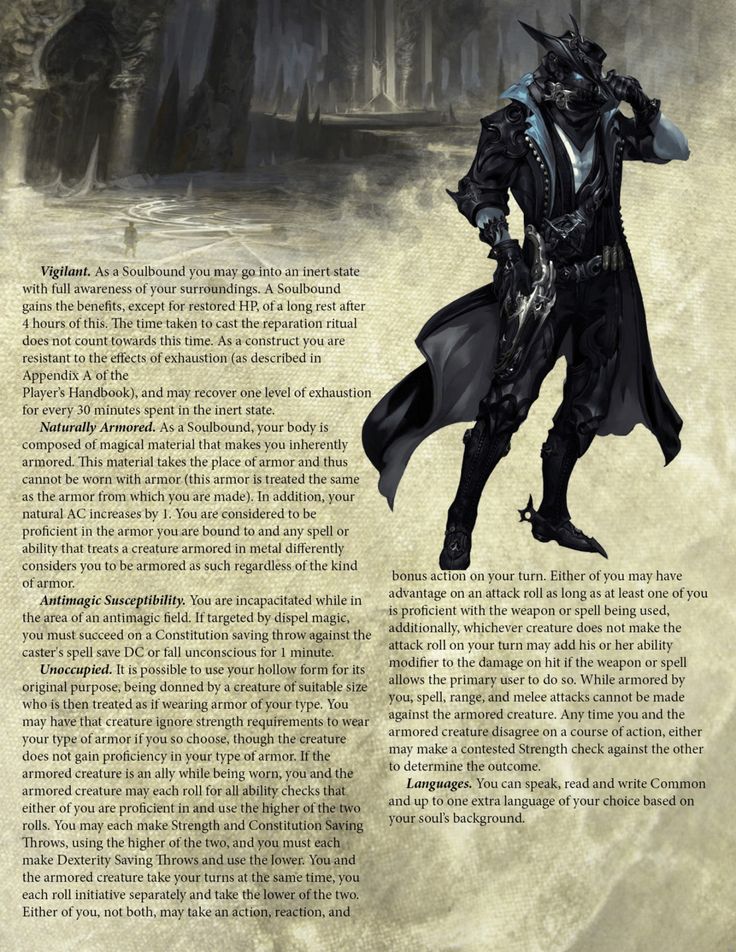 A Skish toy is great for infants and Haba has some great wooden clutching toys as well.
A Skish toy is great for infants and Haba has some great wooden clutching toys as well.
Check Price
Scarves and/or Play Silks
We love our play silks and my 3- and 1-year olds use them for all sorts of play. For infants, you can play peekaboo, or run the silk along their face or hands for fun sensory play – there are so many different ways to use silks.
Check Price
Support Natural Instinct to Play
Most of the activities on this list are stimulating, so try not to do too many in one day: An overstimulated baby is not a happy one.
Infants are using their natural instinct to explore and play. By supporting them through this development, you’ll soon start seeing the next stage of play: Independent Play.
Sharing is caring!
1 shares
Types of play important for child development / psychology
The most important task that children have to do is to play. Games are fundamental to the development of children . For children, play is not just a way to pass the time.
Games are fundamental to the development of children . For children, play is not just a way to pass the time.
When a child participates in play, he develops important skills such as waiting his turn, cooperating or communicating with others, among others. In addition, games help children develop their creativity and imagination. nine0005
"All the most important lessons of life are made by playing"
-Francesco Tonucci-
Not all games are the same
At first glance, it may seem that all games are the same. However, this is completely false. Different scholars have identified different stages or forms of play . Knowing them and being able to identify them allows parents, educators and caregivers to support the child's growth and progress.
As the child grows, their way of playing changes . In addition, children develop in different forms of play as they grow. This includes playing alone, playing with other children, and interacting with other children.
This includes playing alone, playing with other children, and interacting with other children.
Stages of play
Sociologist Mildred Parthen identified six stages of play in which a child can participate depending on his age, mood and social environment. They are as follows:
1. Idle game
This is the game of the smallest babies and children . Idle play refers to the activities a child performs when nothing seems to be playing at all..
The child may be involved in seemingly random movements without purpose Despite appearance, the child plays and sets the stage for future play exploration.
2. Single play
This happens when the child plays alone. This type of play is important as teaches the child how to entertain himself which will allow him to be self-sufficient. Any child can play on their own.
One game is the most common among children aged two to three, partly due to the fact that at this stage they are still fairly focused on themselves, but also due to the lack of good communication skills needed to play with other children.
3. Spectator play
This game is also common among young children. Spectator play occurs when a child is limited to watching other children play and does not participate in the action. This is not something to worry about.
Watching others play allows you to learn the rules, acquire vocabulary and learn forms of social action. nine0005
4. Parallel play
Parallel play occurs when several small children play in the same place, but each in their own world. This is not to say that they don't enjoy playing or being with others, but everyone develops their own game. Although it seems like every child in their own world, they are really watching, they are sharing space and they learn from each other.
5. Associative play
During the associative play, children also play separately, but in this play mode they are connected with what others are doing . This is an important stage of play because it helps children develop social skills.
This is an important stage of play because it helps children develop social skills.
also promotes and stimulates the development of the language . Thanks to the associative game, children begin to make friends.
6. Cooperative game
In this game, all stages are combined and children start playing together.. Cooperative play brings together all the social skills that the child has worked on and put them into practice.
Types of play
Although these stages are important and necessary for the social development of children, You should consider other types of play that also contribute to its development . These types of games usually develop when the child begins to participate in cooperative play.
- Dramatic or fantasy game Through this type of game, in addition to triggering children's imagination, also learn to wait in line, cooperate and share, in addition to stimulating the development of language and learning the functioning of social roles.
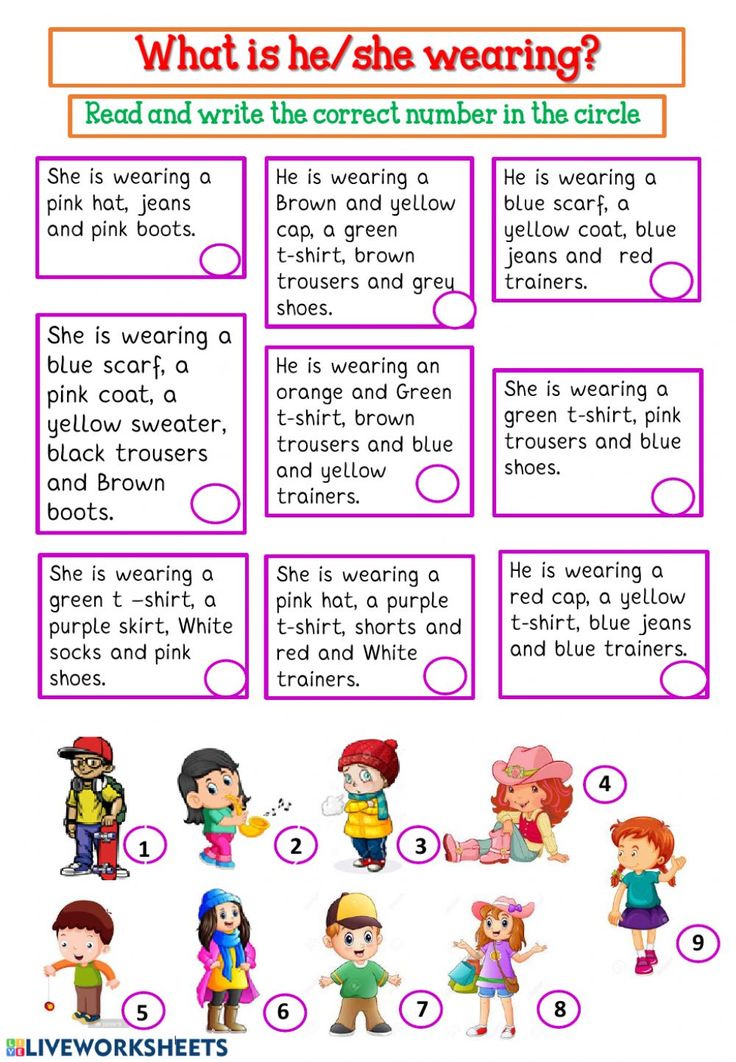 nine0098
nine0098
- Competitive play : games that require rules to be followed. Children learn to respect turns, fulfill their mission as part of a team, strategize, and collaborate with others, in addition to respecting others. They also learn to overcome frustration and develop strategies for improvement.
- Building games : with building games, children learn to manipulate the elements, developing cognitive skills. They also develop imagination and creativity and learn to structure space. nine0098
Play is not only for children. Although play makes us feel more alive, adults often forget about it and do not pay attention to it. But playing is not a luxury, but a necessity. Play is just as important to physical and mental health as sleep, food, or exercise. Read more "
What is an association game? Examples, Ages, Benefits and more
Contents
Overview
As your little one gets older, playing side by side with other kids will become a big part of their world.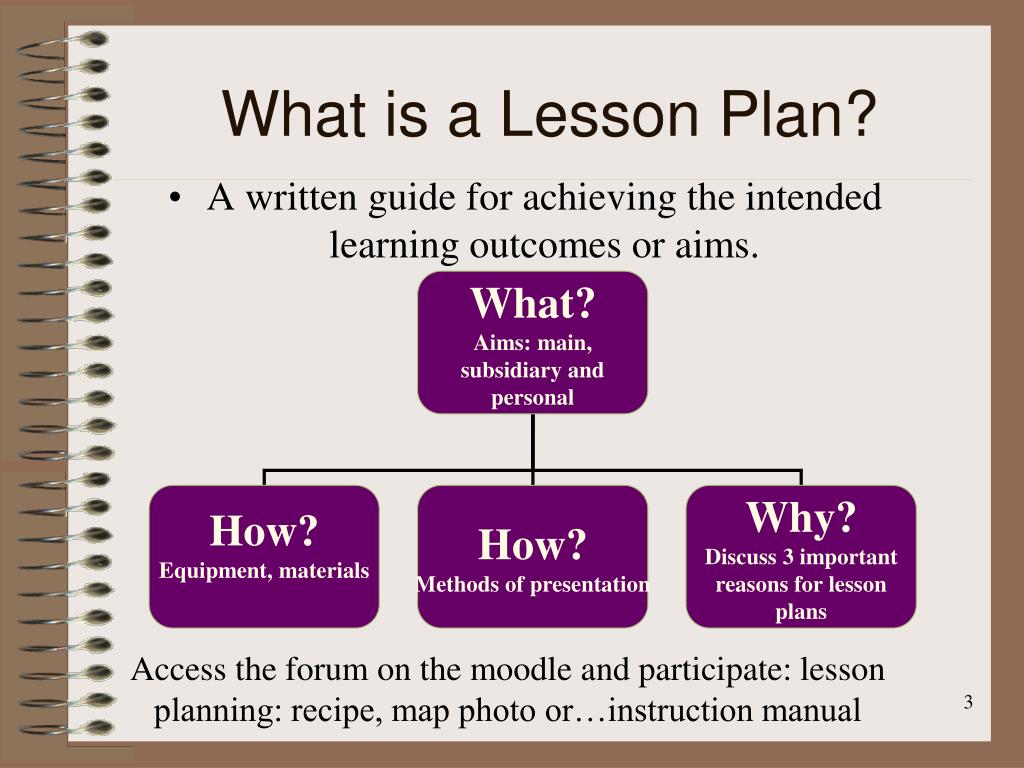 nine0005
nine0005
While it can be hard to realize that you're not all of them anymore - don't worry though, you're still the center of their universe for a while - this is a great milestone in the development of the game.
Your child will play with others in the playground, playgrounds, community events, preschool - you name it. If there are other children around, precious shenanigans can occur. And that means you can stop being the number one source of entertainment (for now). nine0005
Child development experts sometimes refer to this as associative play. This is the developmental stage when preschool children begin to play with or near other children performing similar activities. You and I may not call it a game with others, but it's all a big step.
During communication, babies become interested in other children and what they are doing. This doesn't mean that everyone comes together for a formal game with agreed upon principles of operation or even a common goal, but hey, even adults can have a hard time organizing that kind of coordination! nine0005
Instead, children at this stage, which usually begins between the ages of 2 and 4, expand their play world to include others.
How association play fits into the six stages of play
There are many models of child development, so keep in mind that this is just one of them.
American sociologist Mildred Parthen Newhall created six stages of the game. The association game is considered the fifth of six stages.
Here are others if you're following:
Parallel and associative games are very similar. However, during parallel play, your child plays next to another child, but does not talk to or interact with him.
During associative play, the child begins to focus on another player, and not only on his own game. Two children at this stage can talk and begin to interact with each other. And yes, when it does, it's pretty cute - they're made from viral YouTube videos. nine0005
When children usually enter this stage
Your child may start associative play when he is 3 or 4 years old, or as early as 2 years old. This stage of play usually lasts until age 4 or 5, although sometimes children continue to play after the transition to the next stage of play.
But remember, every child develops at their own pace. Some single player games are great for preschoolers. In fact, this is an important skill!
But if your child plays alone all the time, you can encourage him to start communicating and sharing with others - this is also an important skill. nine0005
nine0005
You can encourage them by playing with them first, but let them run the show. You can then show them sharing and interactive knowledge by doing it yourself!
If you are concerned about your child's development, talk to a specialist such as a pediatrician or teacher. If necessary, a specialist can be recommended.
Examples of association games
Here's what an association game might look like:
- Outside, the children ride their bikes side by side, but they don't have an agreed plan of where they are going. nine0098
- In preschool, children build a tower of blocks, but they do not have a formal plan or any organization.
- After school, children paint a canvas together using the same materials, but do not interact with each other to create a single image and do not necessarily comment on what others are drawing.
- One child plays with a toy and your child joins them and copies what they are doing. They can talk, but they don't plan or lay down any rules.
 nine0098
nine0098
The benefits of associative play.
This is a great milestone for the benefits that follow your little one into adulthood. This includes:
Problem Solving and Conflict Resolution
As your child begins to play and interact more with other children, he will learn some important problem solving and conflict resolution skills. Explore shows.
Immeasurable play allows children to:
- learn to work in groups
- udio
- negotiate
- solve problems
- learn to self-advocate
While you should always supervise your child when they are playing at such a young age, try to intervene only when absolutely necessary. (It's hard, we know!) Instead, let them work through their conflicts as much as possible so they can start playing with others.
Collaboration
When your child plays with other children, he will share toys and art supplies. It may not always be painless - even adults are not always good at sharing! – but they will have to learn to cooperate, because they recognize that one thing belongs to another. nine0005
nine0005
Healthy brain development
Associative play, and sometimes play in general, is important for children's brains. This allows them to use their imagination as they create and explore the world around them.
Guarding shows that it helps your little one develop resilience and overcome future challenges. Of course, as parents, we want to remove all obstacles in the way of the child, but this is not possible or appropriate for the great things to come.
Willingness to learn
It may not sound like it, but Explore shows that play provides your child with the social-emotional readiness they need to prepare for an academic environment. This is because they develop the skills needed for school, such as cognition, behavioral learning, and problem solving.
They also communicate with others, but not at the expense of others, an important skill your child will need in preschool and then in elementary school and of course beyond. nine0005
Reduce childhood obesity
If the child is active and engaged in other activities, childhood obesity can be reduced.